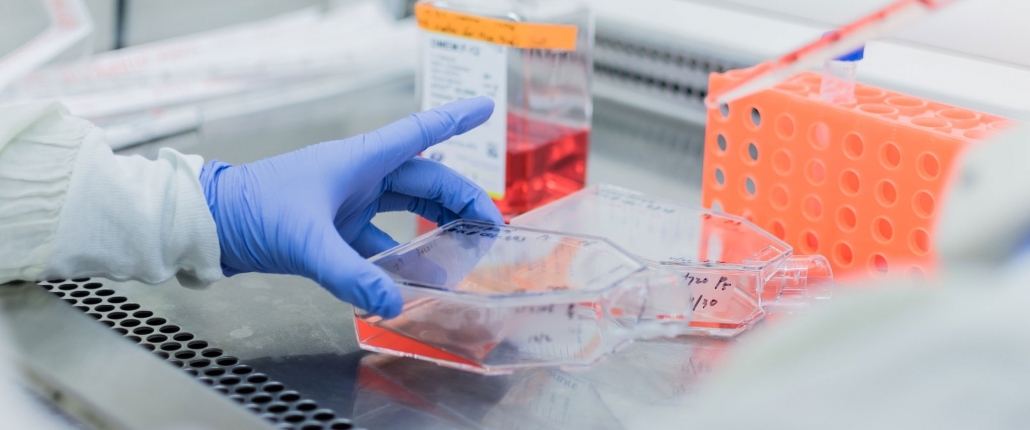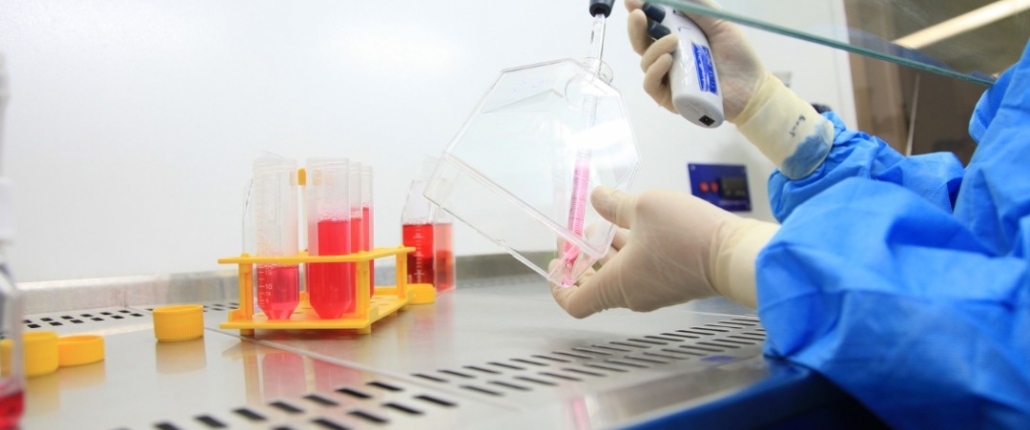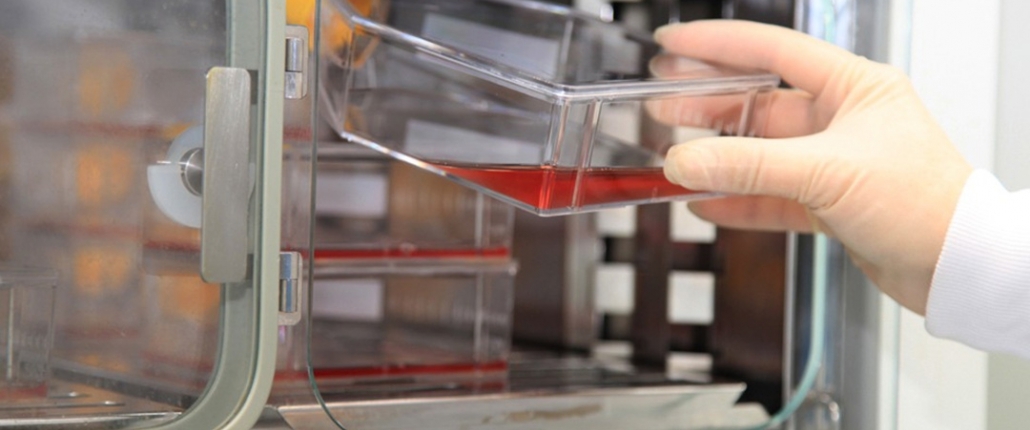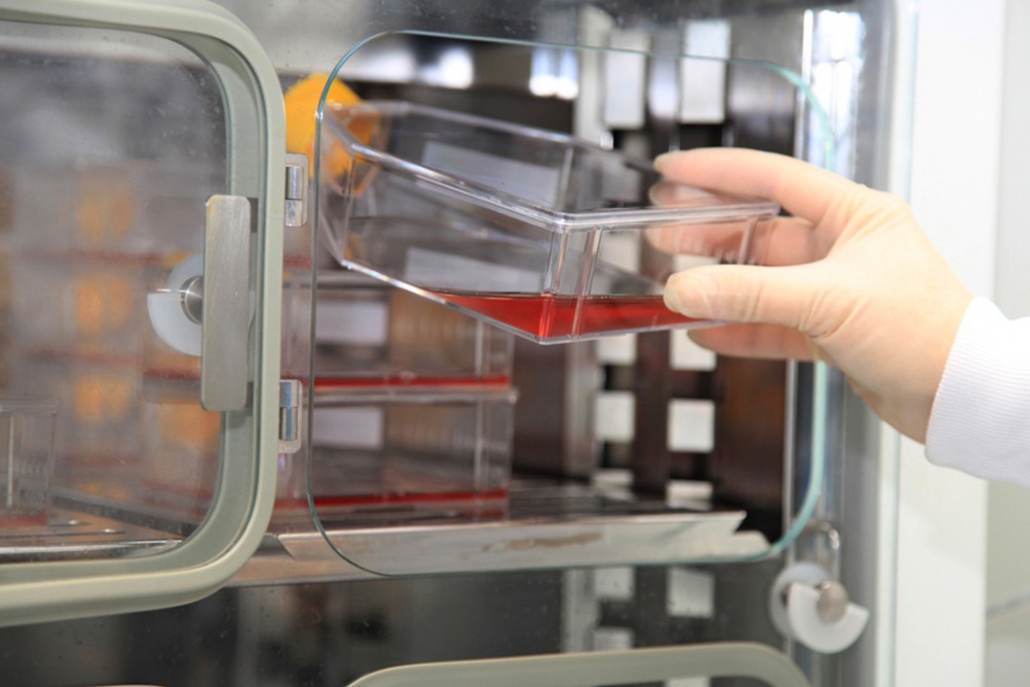Renudermcell
Fibroblast Cells
Renuderm Stem Cell Therapy A novel method for the treatment of Wrinkles and Acne Scars
The appearance of wrinkles occurs during the natural process of aging, and seeing these lines may not be pleasant to many people. Many people are particularly sensitive in regards to the quality and liveliness of their skin, especially facial skin. The process of the wrinkles begins when the body is met with extreme loss of water, and hence, it becomes dry. Following the dryness of the skin, the pace of the cellular metabolism slows down, and adequate moisture will not be created in the skin.
As a result, during this transaction, the replacement of old and worn cells occur less quickly and collagen and elastin, which prevent wrinkles, will no longer be created in the skin. The fact is that no one or no known treatment can completely stop the aging process. Furthermore, the prevalence of skin products and the usage of various methods, including creams, lotions, Botox injections, filler injections, and finally surgery are often temporary, and in some cases tend to be invasive. Therefore, the need for more advanced techniques with more permanent results is increasing rapidly.
Recolorcell
Cell Therapy for Vitiligo
Recolorcell Cell Therapy for Vitiligo; an innovative treatment for the cure of Vitiligo
Piebaldism or vitiligo is a condition in which the cells which are responsible for creating skin colour (melanocytes) are destroyed, and they will no longer produce pigment (melanin) which results in the discolouration and the appearance of patches on the areas of the skin. The severity and the spread of patches caused by vitiligo in various areas of the skin are different in each individual. Research has shown that vitiligo causes limitations in social relationships and affects the patient’s self-esteem.
There are some conventional treatments for this disease, including topical ointments, immunosuppressive drugs, phototherapy, and laser. However, the high cost of these methods, the lack of proper response to the patient’s body, the long course of treatment, as well as the recurrence of the spots, has compelled scientists to seek new methods for the treatment of this condition. With the help of modern medicine, cell therapy is a method that has given vitiligo patients new hopes to receive the most suitable treatments for this condition.
Messestrocell
Mesenchymal stem cells (MSCs)
Mesestrocell Cell Therapy for Osteoarthritis; A futuristic method for the treatment of Osteoarthritis
Osteoarthritis is the most common joint disease which has affected more than half of the population over the age of 60 and causing a high rate of disabilities. Osteoarthritis is the most common type of arthritis. In this disease, articular cartilage is damaged and gradually disappears. Osteoarthritis can affect any joint, but large joints that support body weight, such as the knee, thigh, and spine, are more likely to be affected harder. When joint pain begins, it will become difficult to exercise or engage in any physical activities.
Furthermore, the available treatments include medication, hyaluronic acid gel injections, and joint replacement surgery. If the severity of the osteoarthritis is acute, the doctor may recommend a joint replacement. One of the most critical complications of knee replacement surgery, which is an invasive procedure, is the long recovery period and severe pain following the operation. Today, cell therapy has revolutionized the way patients, who are diagnosed with osteoarthritis, are being treated.
Whartocell
Treatment of the Cerebral Palsy
Whartocell Stem Cell Therapy for the treatment of the Cerebral Palsy; a new vision into the treatment of Cerebral Palsy
Most doctors and sciences are in accordance that Cell Therapy is one of the safest and most secure treatment. Allogeneic transplantation is the result of isolating and culturing healthy donor cells. In other words, the patient receives the cells from someone else. For this product, after receiving the acceptable results, viral and biochemical tests are performed on the blood sample of the donor, and the processing and culturing will be performed in sterile conditions.
This product contains living cells that, after being isolated from the tissue of a healthy donor, are propagated in a standard culture medium and stored in sterile vials in a nitrogen tank until a request for injection is made. Interestingly, cells which are received through an allogeneic method not only express stromal characteristics but they also can proliferate and differentiate into mesodermal categories, including bone, cartilage, and fat.
Additionally, these cells are also able to control inflammation and modulate immune responses in the body, as well as have the ability to differentiate into vascular cells and create new blood vessels. One of the main advantages of this method is the high quality of the cells. In some patients whom their cells do not have enough quality to reproduce, the use of allogeneic cells is preferably advised. In this method, there is no need to take the cell from the patient because the cells are available in large quantities from an allogeneic bank.








